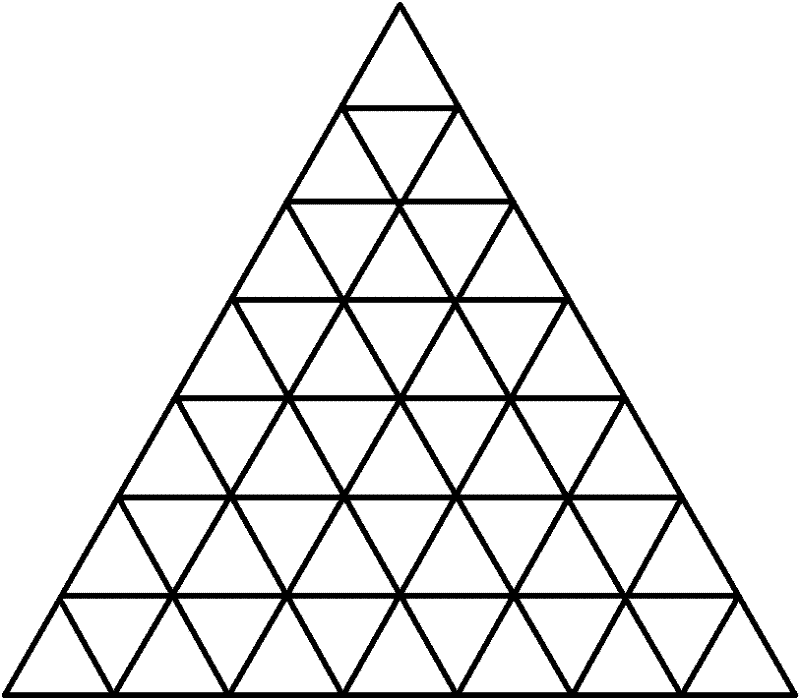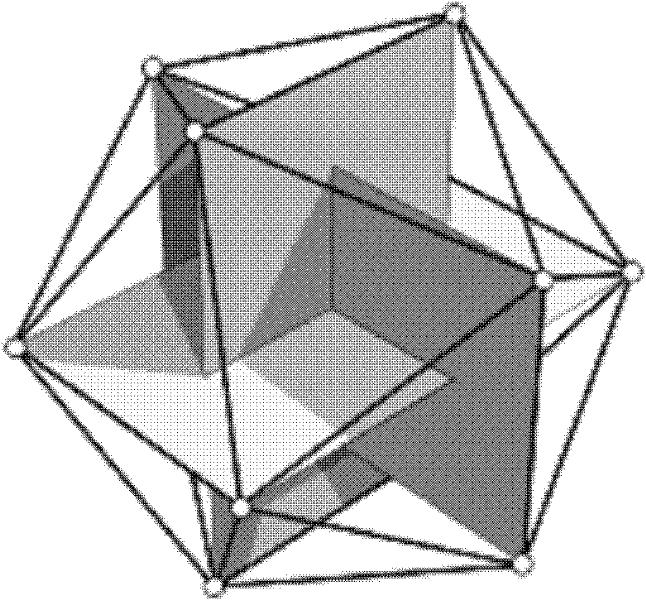A Method for Extracting Tissue Fiber Bundle Structure Information Based on Adaptive Diffusion Basis Function Decomposition
A technology of function decomposition and structural information, applied in the analysis of materials, material analysis through resonance, magnetic resonance measurement, etc., can solve the problems of long imaging time, unable to obtain stable solutions, unable to effectively fit diffusion weighted signals, etc. high precision effect
- Summary
- Abstract
- Description
- Claims
- Application Information
AI Technical Summary
Problems solved by technology
Method used
Image
Examples
specific Embodiment approach 1
[0035] Specific Embodiment 1: In this embodiment, a method for extracting tissue fiber bundle structure information based on adaptive diffusion basis function decomposition, the steps to realize the method are as follows:
[0036] 1. Construct a set of tensor basis functions of adaptive eigenvalues; the construction method is:
[0037] a. Evenly select M points on the unit hemisphere, and the coordinates of these points constitute M unit direction column vectors {g j ,j=1,2,...,M};
[0038] In the present embodiment, 260 points approximately uniformly distributed are selected on the unit hemisphere, that is, M=260; the specific selection method is to divide the seven-fold checkerboard ( figure 1 ) mosaic into the icosahedron ( figure 2), take 260 grid points on the upper hemisphere of all seven-fold checkerboards, and normalize them to form 260 unit direction vectors;
[0039] b. Let the tensor eigenvalue be λ=[λ 1 ,λ 2 ,λ 3 ], constructing a set of tensors in, ...
specific Embodiment approach 2
[0056] Specific implementation mode 2: In this implementation mode, a method for extracting tissue fiber bundle structure information based on adaptive diffusion basis function decomposition is described in detail by taking simulation data as an example:
[0057] The generation of the simulation data in this embodiment is to use the Gaussian mixture model method to simulate the situation that there are two bundles of fibers intersecting in the voxel and the angle between the two bundles of fibers is 90 degrees. The three eigenvalues of the diffusion tensor [λ s1 ,λ s2 ,λ s3 ] is set according to the following rules: λ s1 Take 0.5×10 -3 to 1.8×10 -3 mm 2 A random value between / s, another λ s2 =λ s3 And the range is 0.2~0.4×λ s1 The random value of ; the number of diffusion gradient wave vectors in this simulation data is set to 30, that is, q k take q 1 ,q 2 ,...,q 30 , the effective diffusion time is set to τ, and the magnetic resonance simulation signal value S ...
PUM
 Login to View More
Login to View More Abstract
Description
Claims
Application Information
 Login to View More
Login to View More - R&D
- Intellectual Property
- Life Sciences
- Materials
- Tech Scout
- Unparalleled Data Quality
- Higher Quality Content
- 60% Fewer Hallucinations
Browse by: Latest US Patents, China's latest patents, Technical Efficacy Thesaurus, Application Domain, Technology Topic, Popular Technical Reports.
© 2025 PatSnap. All rights reserved.Legal|Privacy policy|Modern Slavery Act Transparency Statement|Sitemap|About US| Contact US: help@patsnap.com



